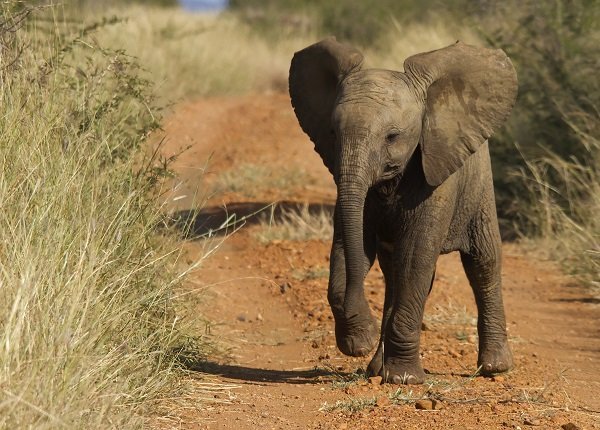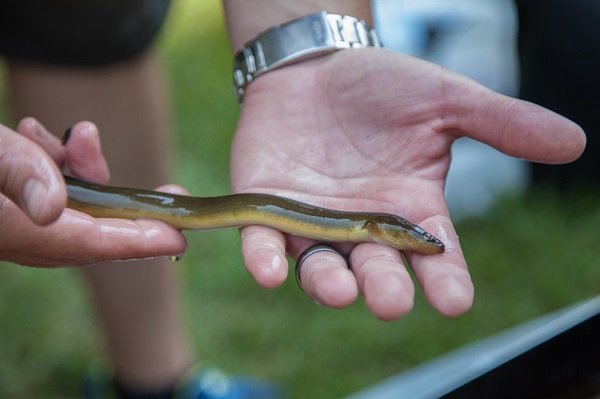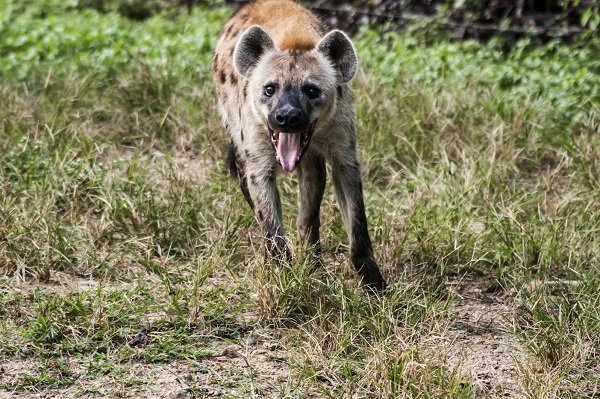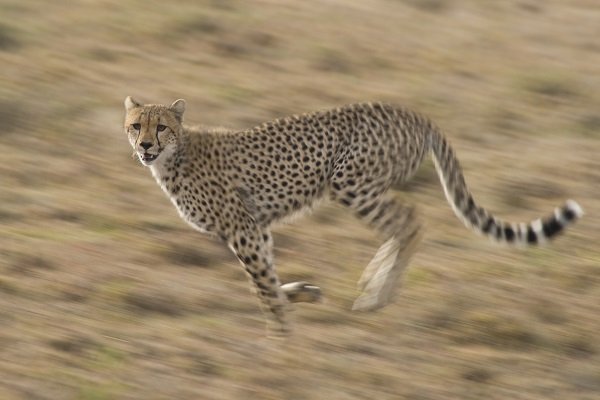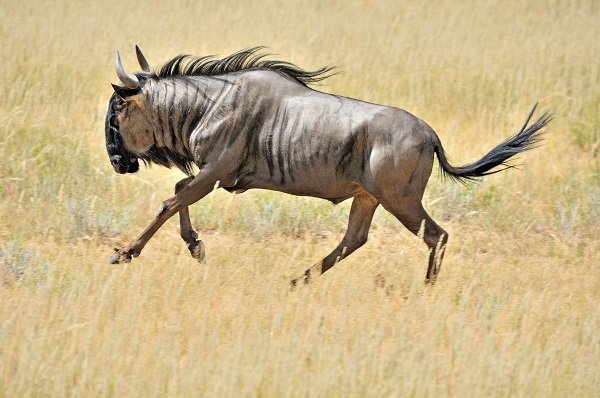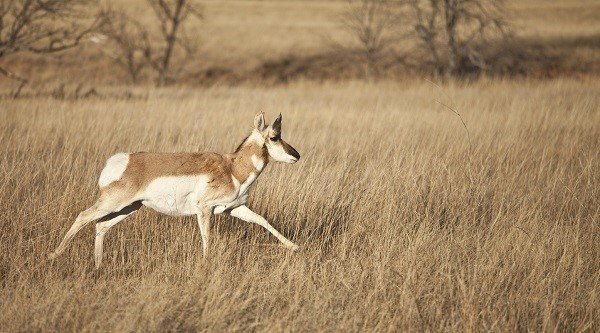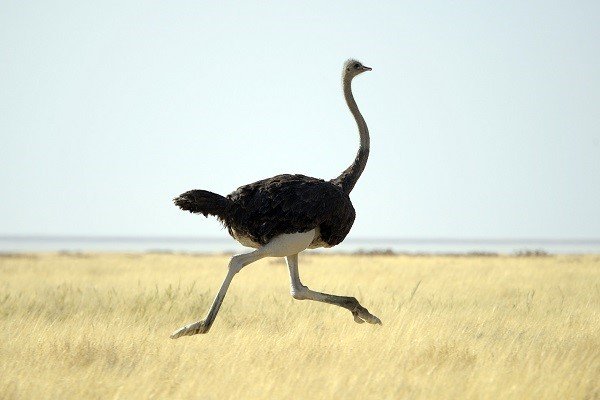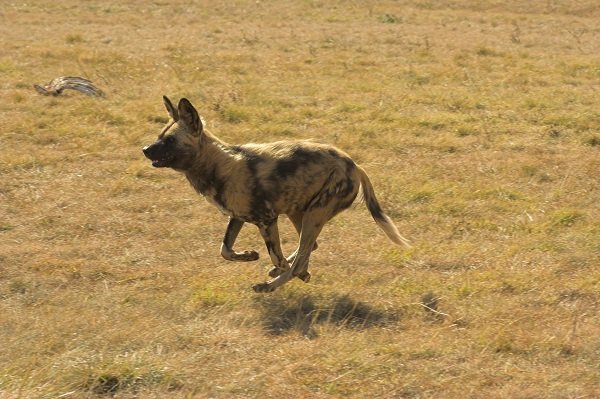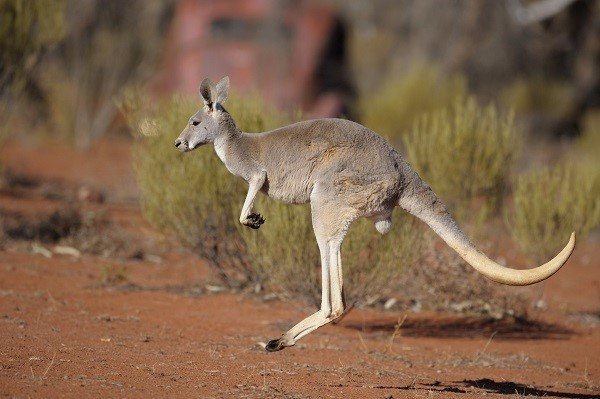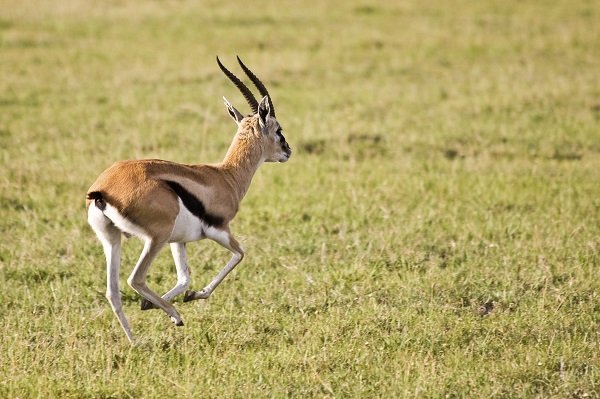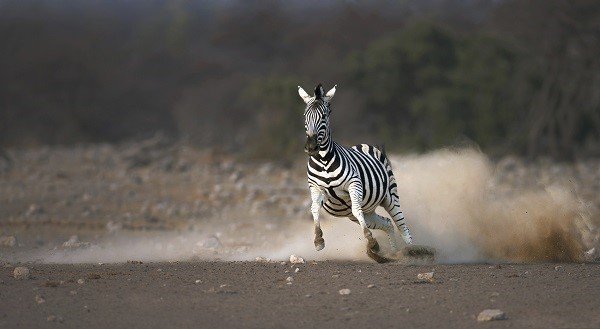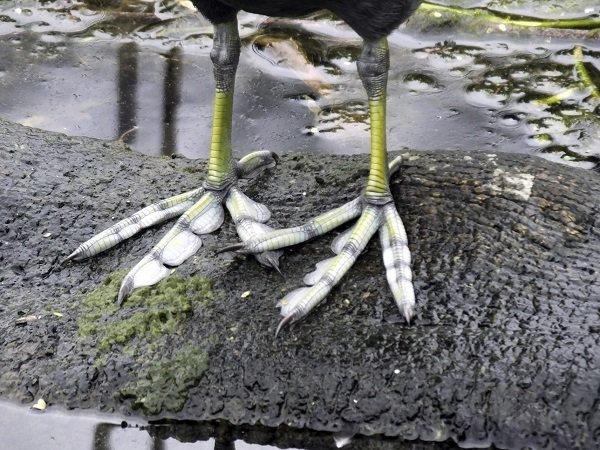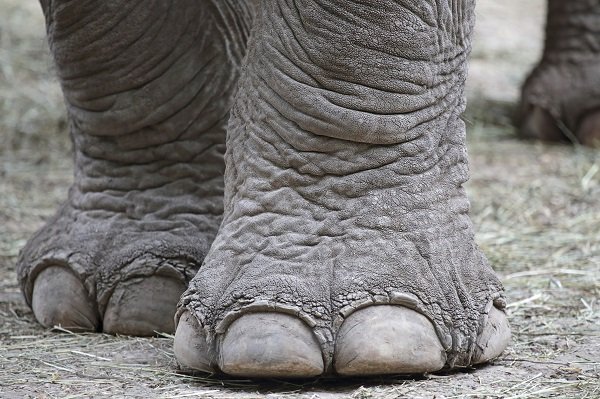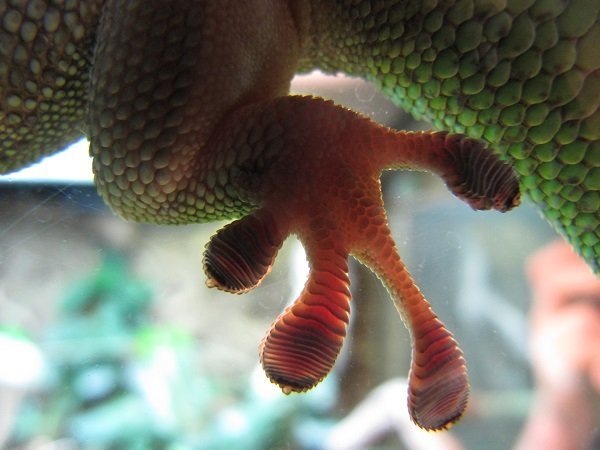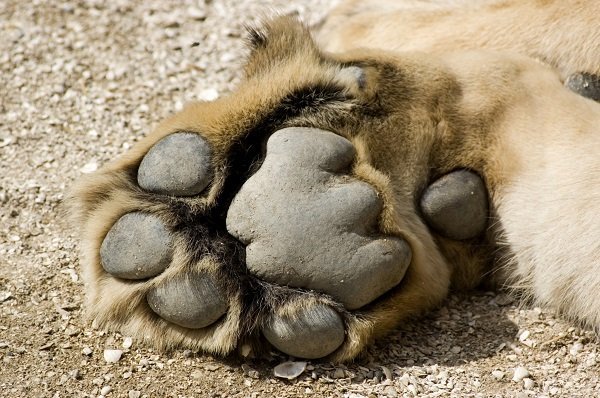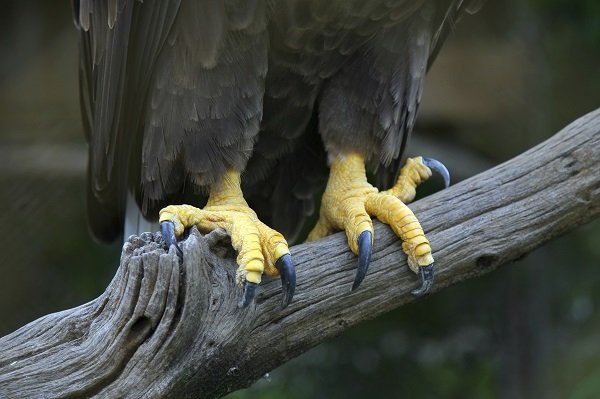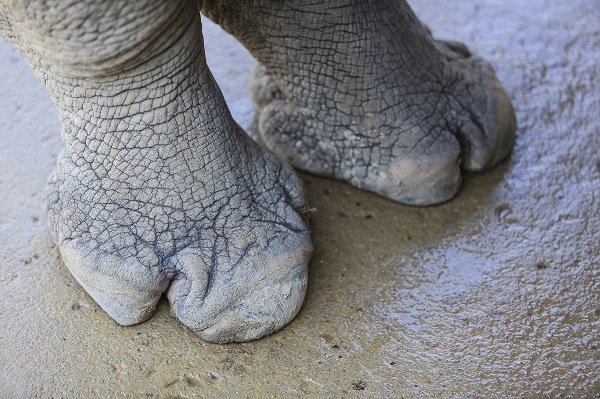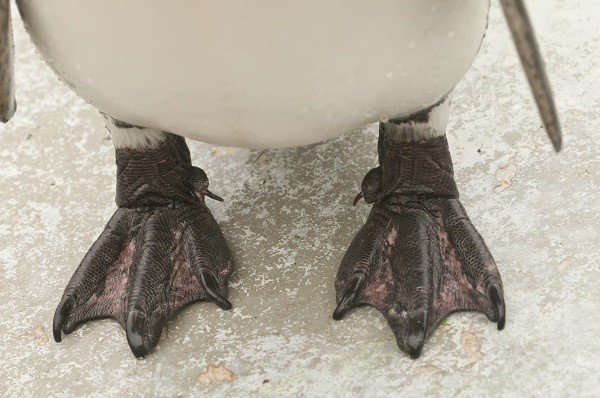Katie first learned about Earth Rangers at her Girl Guides of Canada Rally Day at Canada’s Wonderland. Earth Rangers was on-site to talk to kids and families about Earth Rangers programs and encourage kids to get involved and help protect animals and their homes.
 With her sixth birthday approaching Katie decided to have an owl themed party. She fell in love with owls the previous summer at Mom & Me Girl Guide Camp when the sign for her sleeping quarters said, ‘Cinnamon Screech Owl/Orange Room’. After visiting the Earth Rangers website and learning that she could host a Bring Back the Wild Birthday Party to help protect the western screech owl, Katie signed up to become an Earth Ranger so she could help save one of her favourite animals.
With her sixth birthday approaching Katie decided to have an owl themed party. She fell in love with owls the previous summer at Mom & Me Girl Guide Camp when the sign for her sleeping quarters said, ‘Cinnamon Screech Owl/Orange Room’. After visiting the Earth Rangers website and learning that she could host a Bring Back the Wild Birthday Party to help protect the western screech owl, Katie signed up to become an Earth Ranger so she could help save one of her favourite animals.
Since she had started at a new school in the fall, Katie decided to invite all her new friends and asked them to make a donation to her campaign rather than give gifts. Katie’s friends and family helped her raise $125 for the western screech owl!
Katie loves being an Earth Ranger and in addition to her Bring Back the Wild campaign she also completed the Homemade Holiday Mission making 30 holiday and thank you cards which she gave out to friends and neighbours after singing Christmas carols with her Sparks group. Katie also completed the Water Taste Challenge with her Sparks group and reported that most of the girls chose tap water as the better tasting and most refreshing water!

Katie plans to work on the For the Birds Mission next as she will be building a bird house and would like a feeder to go with it. Katie and her family also plan to plant a garden for Monarch butterflies so these beautiful and important pollinators have a place to call home right in her own backyard.
Thank you Katie for everything you are doing to keep animals safe!



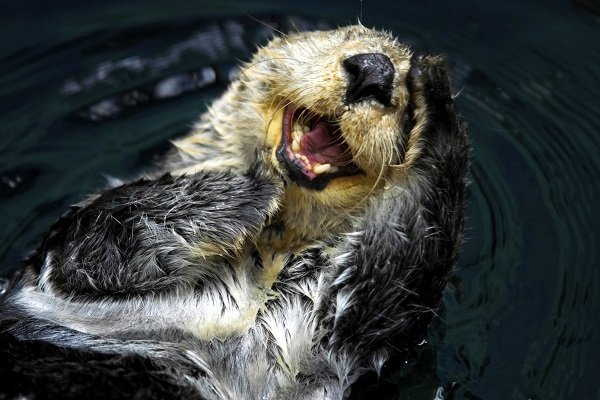










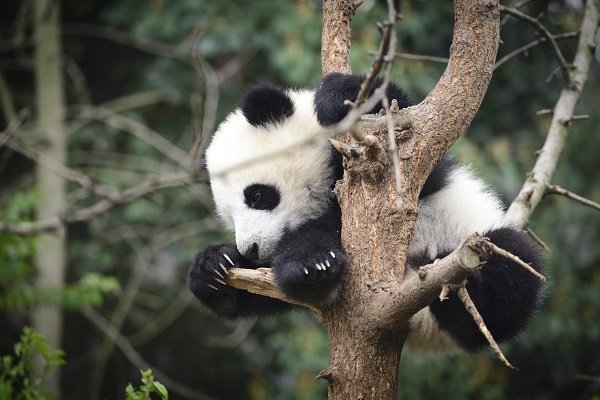










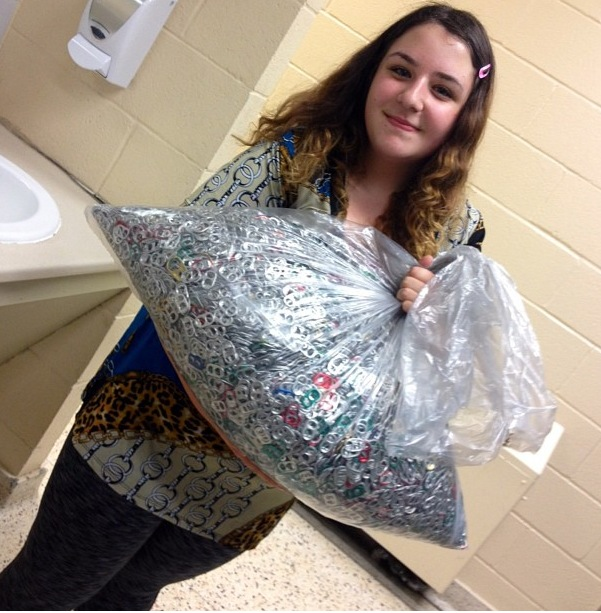
 Angelina has completed
Angelina has completed 
